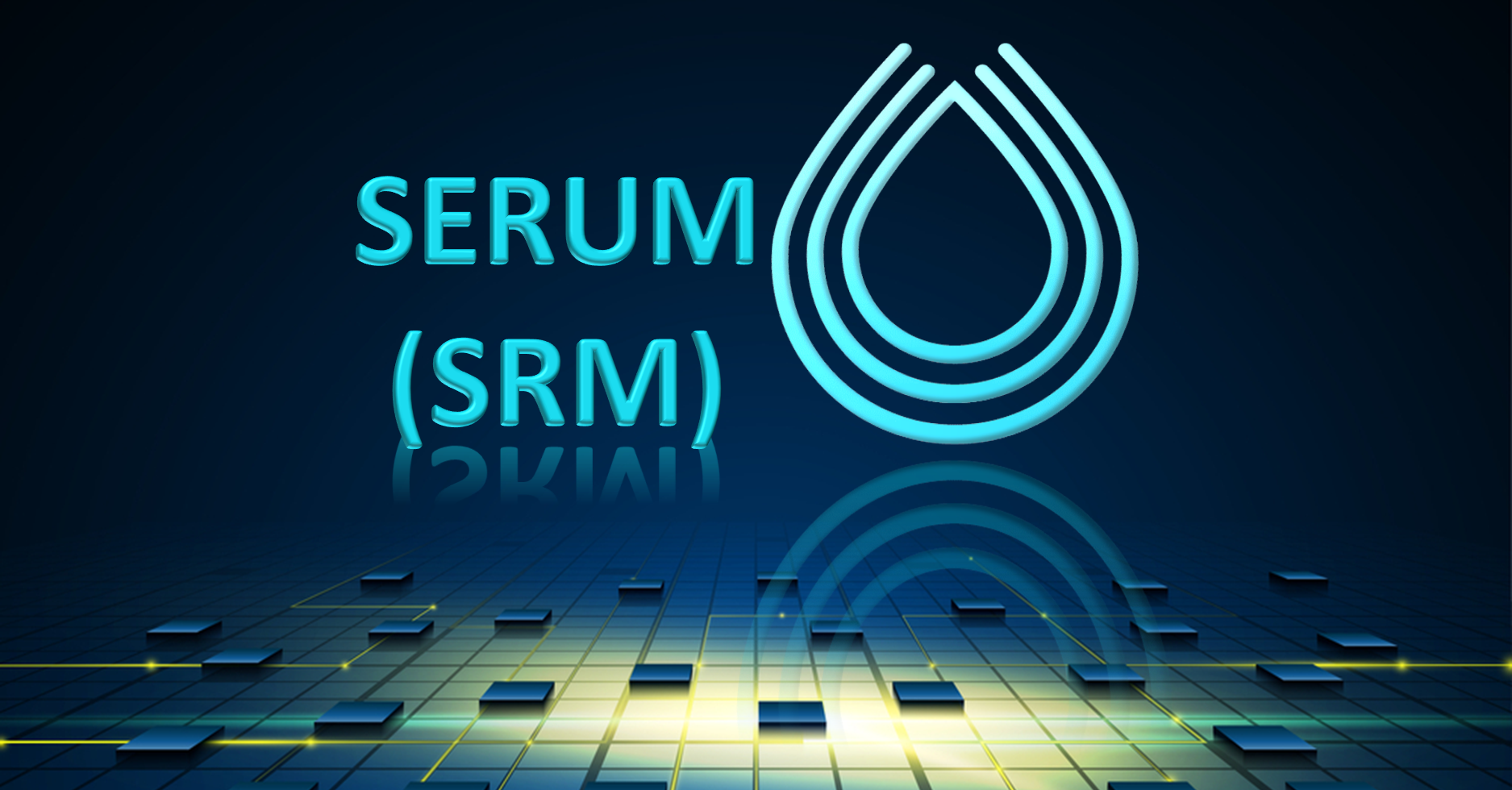
Serum is a decentralized exchange software built on Solana where cryptocurrencies can be bought and sold by traders.
Solana is a blockchain platform that aims to increase user scalability through faster transaction settlement times. By being deployed on Solana, Serum can fully benefit from the speed and cost-effectiveness of transactions settled on its blockchain.
Central to Serum’s design is a decentralized order book run by smart contracts that aims to mirror traditional exchanges by matching buyers and sellers. This gives participants flexibility with pricing and order sizes when they submit orders to Serum, giving them full control over their trading.
In this way, Serum is intended to operate a new kind of decentralized exchange that intends to rival those built using an automated market maker (AMM) such as Uniswap, Sushi, and Bancor.
Further, Serum offers cross-chain support, meaning that traders can trade tokens built on other platforms like Ethereum or Polkadot. Existing decentralized finance (DeFi) projects can also access Serum’s features and liquidity, regardless of which blockchain they are built on.
Serum’s utility token, SRM, enables holders to receive up to a 50 percent discount on their trade fees and stakers to vote and participate in the platform’s governance mechanism.
Who Created Serum (SRM)?
Alameda Research, along with the FTX exchange, created Serum in 2020 and chose to build it on Solana.
Sam Bankman-Fried, the founder of FTX and Serum, chose to build the decentralized exchange on Solana due to it allows faster and cheaper transactions compared to other blockchains.
How Does Serum Work?
Serum’s network and design are meant to facilitate transactions in a way that feels similar to that of traditional exchanges.
By being integrated within the Solana network, Serum benefits from the speed and cost-effectiveness of transactions and allows for them to be settled on its blockchain.
Order Books
In traditional exchanges, order books refer to a list of buy and sell orders organized by price levels and maintained by a central entity. Serum’s decentralized exchange aims to automate this process on-chain by matching sellers and buyers based on their orders.
Unlike automated market making, where traders buy and sell cryptocurrencies from liquidity pools, Serum gives its participants full control over their orders. This gives them the ability to choose the price that they wish to buy and sell their assets and the ability to pick any order size they desire.
Like in any exchange, there is a fee associated with each trade, denominated in SRM. Serum aims to have all net fees go into a buy and burn model, meaning that the tokens used for transaction fees are removed from circulation.
Cross-Chain Swaps
One of Serum’s major utilities is its ability to bring cross-chain swaps to its exchange, allowing any participant to trade tokens that exist on other platforms.
Using cross-chain exchange between Ethereum tokens (ERC-20) as an example, the cross-chain swaps mechanism happens once both parties send ETH to a smart contract as collateral. If the sender sends their token to the receiver in exchange for their token, both parties will receive their ETH collateral back.
In case of a dispute, the smart contract that holds the collateral determines who is right by checking the blockchain ledger. The smart contract then sends the assets back to whomever they deem to be correct, plus a portion of the other person’s collateral, aiming to incentivize good behavior.
Why Use Serum (SRM)?
Traders may find Serum appealing based on its novel use of smart contracts to operate a decentralized exchange using order books that match the operation of traditional exchanges.
Further, participants may also be interested in using Serum’s exchange to access its cross-chain swap functionality and trade tokens from many different platforms.
Investors may seek to buy and add SRM to their portfolio should they believe in the future of building decentralized applications on Solana, thus accessing its blockchain for accessing cheaper and faster transactions.
Source: https://www.kraken.com/en-us/learn/what-is-serum-srm/

Comments